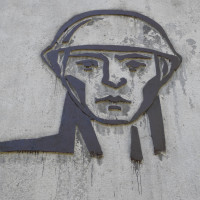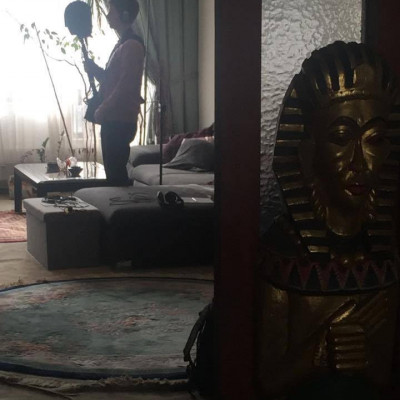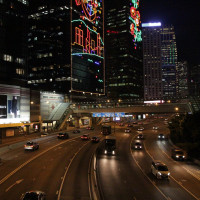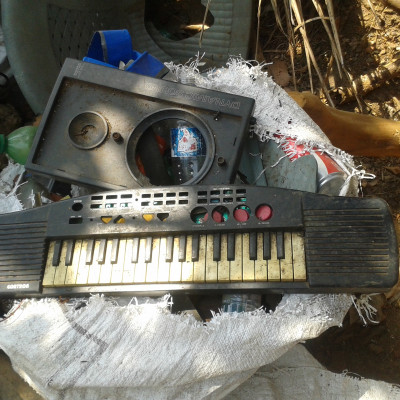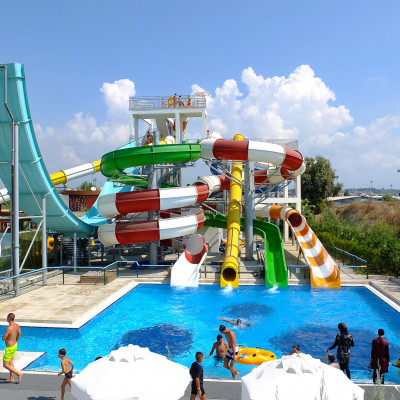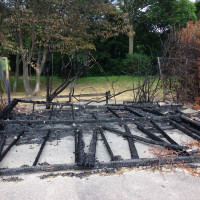An academic journal is a special place – even more so an online journal. On the one hand, it is surely one of the main stages of professional qualification, presentation and academic discourse, though regulated through its gatekeeping structures of peer review, official invitation, of academic critique and corrections: it represents an open and accessible, yet not unregulated public space in the best way thinkable. On the other hand, the individual articles in an academic journal can delve into the most remote, often forgotten, if not illegitimate, informal or ephemeral and intangible issues and practices.
This Seismograf Fokus differs from our previous as it presents material in collaboration with the special issue Out of Space of the international journal in historical anthropology Paragrana. It was conceived, written, edited and produced from a wide array of physical locations on this planet; besides the research locations of the individual articles that comes from Kathmandu or Hong Kong as well as Braunschweig or Berlin, the editorial work was done in Nepal, Australia, Germany and Denmark.
Where are we now?
The material that we have assembled under the title Out of Space on Seismograf – and the accompanying articles in Paragrana – share an interest in approaching placemaking practices by means of trans- and interdisciplinary methods. In this context, the contributions seek to trace and make visible or audible these multi-sensorial aspects of shaping places at the fringes or the periphery of what is often coined as ‘centre’, but also the presence of ephemeral, temporal or interstitial qualities of place that often go unnoticed. The texture of the contributions in this issue is thus a map of niches, islands or foggy areas, often forgotten, banalised or sidelined for various reasons, at specific moments in time.
Coming from the fields of media anthropology and the anthropology of sound, the editors of the Paragrana issue, Christiane Brosius and Holger Schulze, wondered: What happened to the so-called ‘Third Spaces’ (Bhabha 2004)? When was the last time you indulged in an experience of a ‘Heterotopia’ (Foucault 1997; Burghardt/Zirfas 2019)? How can we grasp the fabric of ‘Non-Places’ (Augé 1992), or ‘In-between Places’ (Hajer/Reijndorp 2001)? Starting from these moments of wondering and doubt, their inquiry began – with a leading question that could be summarised as: ‘Where are we now?’ (Bowie 2013). In the summer of 2017, in a collaboration between the Sound Studies Lab at the University of Copenhagen and the Centre for Transcultural Studies at Heidelberg University, they invited a number of scholars and researchers from academia and beyond to investigate the aforementioned fabric of being in – or moving across – the boundaries of out of space.
The recordings and audio productions presented in this special issue of Seismograf mostly evolved out of our conversations at this conference. They shed light on new sensory, visual and gustatory practices in urban spaces; they broaden the realm of art activism, aesthetics and their relevance for vernacular space-making; and they explore contemporary border regimes on fringes, frontiers and nodal points of societies. They constitute an assemblage of research on sounds, tastes and images, their sensoria, imagery, resonances and spatialities. They require, then, also different critical and self-reflexive Denkräume (Aby Warburg) or thinking spaces.
5 audios + 1 paper
Therefore this double special issue of Seismograf and Paragrana presents all in all five audio productions, circulating around the format of the audio paper. As a format, the audio paper was developed, experimentally tested and promoted by Sanne Krogh Groth and Kristine Samson. The format of the audio paper answers the need in the areas of sound studies, but also of sensory ethnography, of media or sensory anthropology and many others, to present a research outcome that does not solely rely on a written argument and quotable or reprintable text or image sources. A sound environment, individual sound practices, vocal and noise performances as well as auditory dispositives can be investigated and presented by means of the format of an audio paper. Some of the contributions presented here on Seismograf follow the audio paper guidelines more strictly (Berger/Fischer), others are presenting field recordings (Uetz; Lerchbaumer, Prantl and Zissle), some qualify even as a sound art piece (Cusack), and some find their space in between an audio paper and a radio feature (Osman).
So, what are the main criteria as to whether a paper is an audio paper in the narrower sense or not? In their Manifesto, Sanne Krogh Groth and Kristine Samson focus primarily on two aspects: a) an audio paper in the narrower sense needs to propose, discuss and represent an argument in its sound production, and b) an audio paper in the narrower sense is necessarily situated in an academic discourse with specific references, literature and even a bibliography supporting its argument. The contributions to this issue of Paragrana gravitate around this precise definition; they explore it, dismiss it, or find their own, rather idiosyncratic, positions.
Peter Cusack’s video and audio recordings open the Seismograf issue inviting for a contemplation into an abandoned Soviet military base 60 kilometres north of Berlin that once housed nuclear weapons. Cusack’s intriguing work is followed by an audio essay by Ludwig Berger and Florian Fischer about their production of an audio walk in marginal places of Braunschweig, Germany. Their work can be characterised as a recomposition, in a new form, examining how an empty city centre may be staged as utopia of a non-place. Andrin Uetz presents field recordings from his explorations of Hong Kong. Voicing Up by Shanti Suki Osman is a sound collage first introduced as part of a presentation at the conference Sonic Cyberfeminisms (2017) at Lincoln University concerning how women artists of colour working in electronic music in Berlin practice empowerment, survival and resistance. We then invite you on a sonic journey to three spaces very far from the everyday to three all-inclusive resorts in Egypt, Tunisia and Turkey, produced by Anna Lerchbaumer, Pia Prantl and Andreas Zissle.
In a bonus paper, the editors of Paragrana invited Groth and Samson to lay out the current practice of the new format of the audio paper as well as its brief history. Their article can serve on the one hand as an introduction and invitation to apply and to experiment with this new academic format; on the other hand, this contribution also discusses the audio paper in the role it serves in academic discourse with its established restrictions of legitimacy and aptness. This article links into previous Seismograf audio papers, as they are mentioned along the way in the text.
We wish to thank Paragrana, Christiane Brosius and Holger Schulze for inviting to this collaboration and for letting us share their fascinating material.
A list of content of the Paragrana issue and Brosius & Schulze’s full introduction can be downloaded here.
Bibliography
Augé, M. (1992): Non-Spaces. Introduction to an Anthropology of Supermodernity. New York: Verso.
Bhabha, H. K. (2004): The Location of Culture. Abingdon: Routledge.
Bowie, D. (2013): “Where are we now?” In: Bowie, D., The Next Day. New York: Iso/Columbia Records, track 5.
Burghardt, D./Zirfas, J. (eds.) (2019): Pädagogische Heterotopien: Von A bis Z. Weinheim and Basel: Beltz Juventa.
Foucault, M. (1997): Of Other Spaces: Utopias and Heterotopias. New York: Routledge.
Hajer, M. A./Reijndorp, A. (2001): In Search of New Public Domain: Analysis and Strategy. Rotterdam: NAi Publishers.
DOI: https://doi.org/10.48233/seismograf2100
